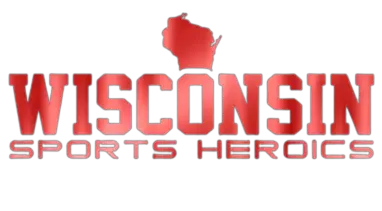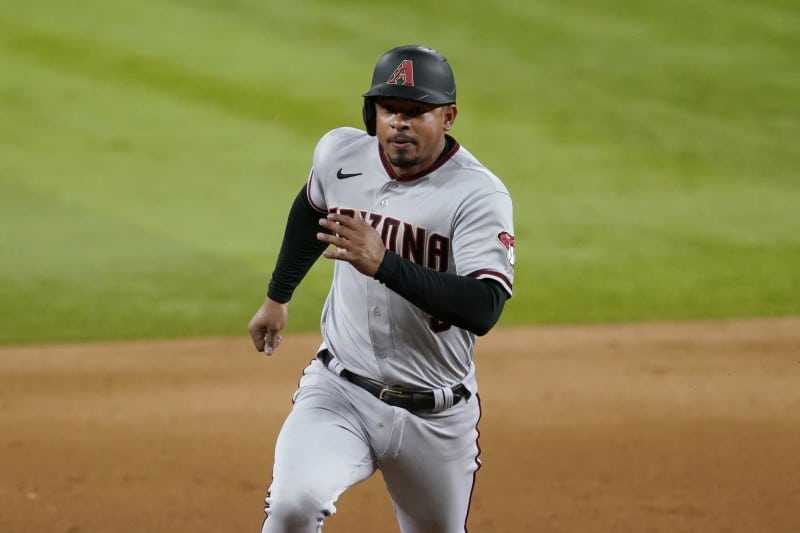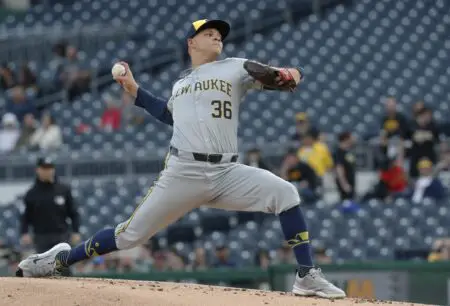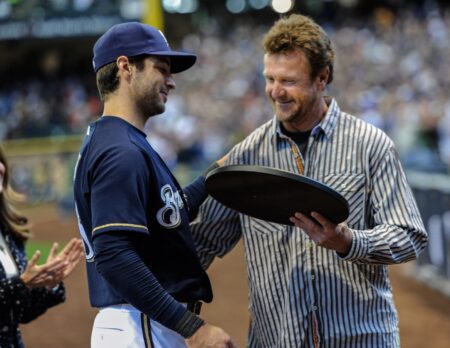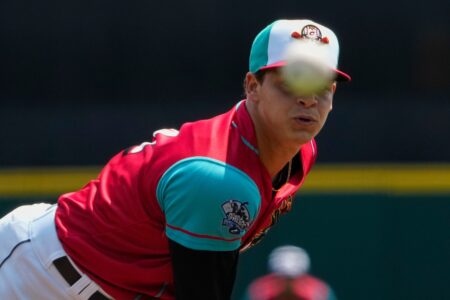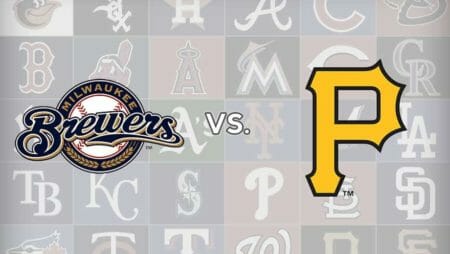The 2021 MLB Trade deadline has come and gone, and it appears that MLB rosters set in stone as the contenders head into a playoff hunt. How does the NL Central fare after the deadline, and why could it be the Brewers’ division to lose?
Pittsburgh Pirates

The Pirates weren’t expected to do much this deadline. After all, they are right in the middle of a massive rebuild, so nobody really expected any big additions.
They did, however, get rid of All-Star second baseman Adam Frazier.
Selected to his first All-Star Game this season, Frazier is a great pure hitter, leading the league in total hits and batting .319. Frazier is an old school player, the kind of guy that your grandpa would say “plays the game the right way”.
Unfortunately, the Pirates are in the middle of a large rebuild, meaning that a twenty-nine year old All-Star on an expiring deal doesn’t really fit in to that plan.
Frazier was sent to San Diego in exchange for INF Tucupita Marcano, OF Jack Suwinski, and RHP Michell Miliano along with $1.4 million.
The Bucs also sent reliever Richard Rodriguez to the Braves in exchange for two RHP prospects.
The Pirates were also connected with some rumors about OF Bryan Reynolds, but no deal was made.
Overall, the Pirates were bad before the deadline, and they’re still bad afterwards.
Key Additions: Tucupita Marcano
Key Losses: Adam Frazier, Richard Rodriguez
Brewers-Pirates Recap: Surging Crew Takes Three from Lowly Pittsburgh
Chicago Cubs

We’ve known for a little bit now that the Cubs were going to sell at the deadline. However, I don’t think many thought that they would sell this hard. I personally assumed that they would sell Bryant and Rizzo, and maybe Kimbrel, but keep Baez and some others to maybe keep a core together.
Nope, they’re all gone.
Rizzo was the first one to go, now in Yankee Pinstripes. Kimbrel and Tepera were next, both now on the south side of town with the White Sox. Baez went soon after to the Mets, and Bryant was the last to go, on his way to the “bay area” to join the Giants.
While these moves brought back some decent prospects, there was nothing to really write home about. The only established MLB player was 2B Nick Madrigal, who made his MLB debut in 2020.
Just like that, the core from their 2016 World Series run is gone. The group that was coined as baseball’s next dynasty got torn apart in a matter of a few hours.
From here, the Cubs will certainly begin to rebuild, get some draft picks, and hopefully (for opposing fans) get the next future dynasty that will underachieve their hype.
Key Additions: Nick Madrigal
Key Losses: SS Javier Baez, 3B/OF Kris Bryant, 1B Anthony Rizzo, RHP Craig Kimbrel.
St. Louis Cardinals
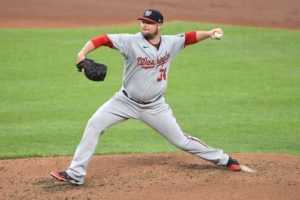
The Cardinals had a lot of hype coming into this season. As you could imagine, those expectations have not been met. After the acquisition of gold glove third baseman Nolan Arenado, many believed them to be the clear cut favorites in the NL Central.
They did have many holes in their roster, however. Their pitching staff was very thin and they seemed to have put way too much stock in the rest of their lineup. As the season drew closer, many began to pick them to finish second, or at least a very close first in the division. Those finishes were usually predicted to be either right above or right behind the Brewers.
Their lineup has under performed, and their pitching was decent, but not great as expected. Unfortunately, with the roster they set up, that wasn’t a great sign.
The Cards only made three notable transactions at the deadline. Both of those trades were for old, left-handed starting pitchers in J.A. Happ and Jon Lester. These moves probably would have won the 2016 deadline, but not 2021. The moves left many Cardinals fans confused. Although I do not know as much as a die hard Cards fan, I do know that it is kind of weird that this team went out and got two washed stars.
I guess it adds depth? But when the players are that old and over the hill, it’s hard to justify that.
The Cardinals didn’t get worse over the deadline, but they definitely didn’t get much better. With them already sitting at around nine games out of first place, this might ensure that the division becomes a two team race between Cincinnati and Milwaukee.
Key Additions: LHP Jon Lester, LHP J.A. Happ
Key Losses: John Gant
Cincinnati Reds

The Reds are the surprise contender of the division. Although they looked to be a solid team, most believed that their best chance to win the division and make a run was last season, where they finished third and were swept in the expanded Wild Card series 2-0, not scoring a single run all series.
The Reds got hot early on in the season, holding first place for a while in April before falling off later on. As the All-Star break got closer, the Reds kept treading water while the Cubs and Cardinals began to fall and the Brewers began to surge. They cut the Brewers division lead to four games at the break, but fell behind seven games a few games afterwards.
The Reds made three key moves, all filling their key roster hole: the bullpen. They traded for relievers Luis Cessa, Justin Wilson and Mychal Givens. They’re not game-changing moves, but the Reds did have one of the worst bullpens among contenders, and these moves patched up that hole for now.
Unfortunately, although the Reds did improve, their competitors in the division and wild card got even better. The Padres got Adam Frazier and the Brewers got Eduardo Escobar and two relievers that we will cover very soon. The Reds gained some horsepower, but the question of if it’s enough still remains.
Key Additions: Luis Cessa, Justin Wilson and Mychal Givens
Key Losses: Case Williams, Noah Davis
Milwaukee Brewers
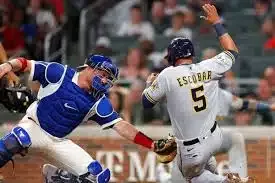
The Brewers didn’t make any eye popping moves at the deadline, but they did exactly what they needed to do to win.
- Acquire a corner infielder with some pop
2. Acquire bullpen depth
They met both of those goals with three moves. The first came a few days before the deadline, when they traded for Eduardo Escobar for prospects in Cooper Hummel and Alberto Ciprian. They then completed the ladder by trading for Detroit’s Daniel Norris and Miami’s John Curtiss. In return, they sent C Payton Henry to Miami and RHP Reese Olson to Detroit. Even better, none of these moves really broke the bank either.
It may not have been very flashy, but David Stearns and the front office got the job done.
Key Additions: 3B Eduardo Escobar, LHP Daniel Norris, RHP John Curtiss
Key Losses: C Payton Henry
Where do the Brewers Go From Here?
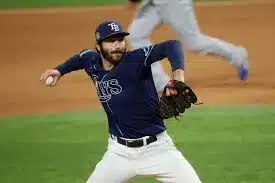
To me, the answer to that question is very simple:
October.
Bold claim I know, but let’s break it down:
Despite some minor additions from the other teams in the division, the Brewers were the only team that got significantly better at the deadline. The Pirates are just bad, the Cubs blew it up, the Cardinals didn’t do much worth noting, and the Reds improved their bullpen. The Brewers were the best team in the division before the deadline, and they still are after it.
That coupled with the current lead that the Brewers hold in the NL Central means one thing:
The Central division is theirs to lose.
As I mentioned in a previous article that might come back to bite me, the Brewers have two options: they can either defy their history and hold this lead, or they can fall victim to it and defer to the greatness of the St. Louis Cardinals or Cincinnati Reds once again.
The Brewers control their own destiny the rest of the way out.
This opportunity doesn’t come around very often, they can not waste it.
Follow For More
Follow me on Twitter at @hlmaes1 and follow us @WiscoHeroics1 for more great content. To read more of our articles and keep up to date on the latest in Wisconsin sports, click here!
